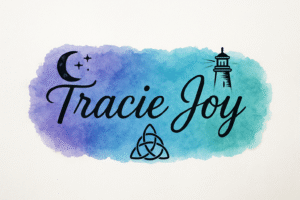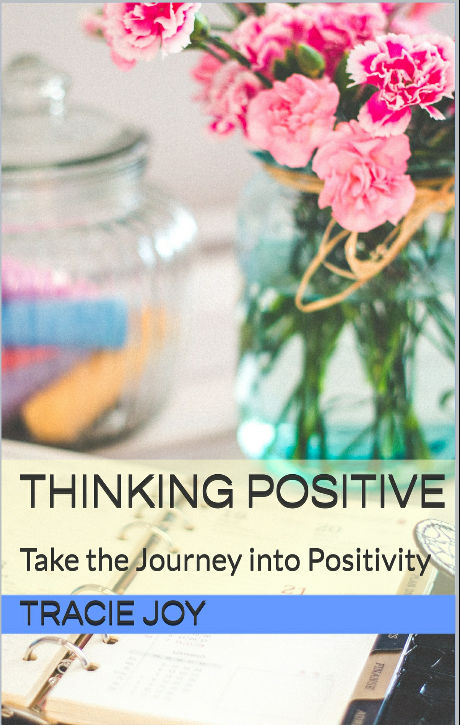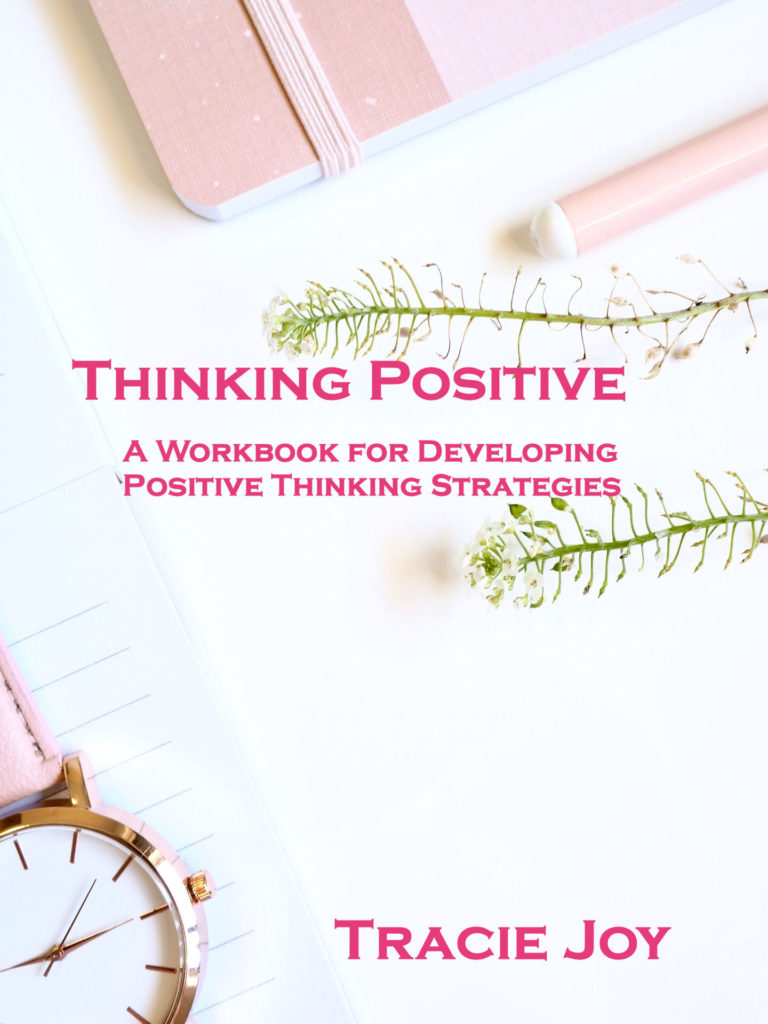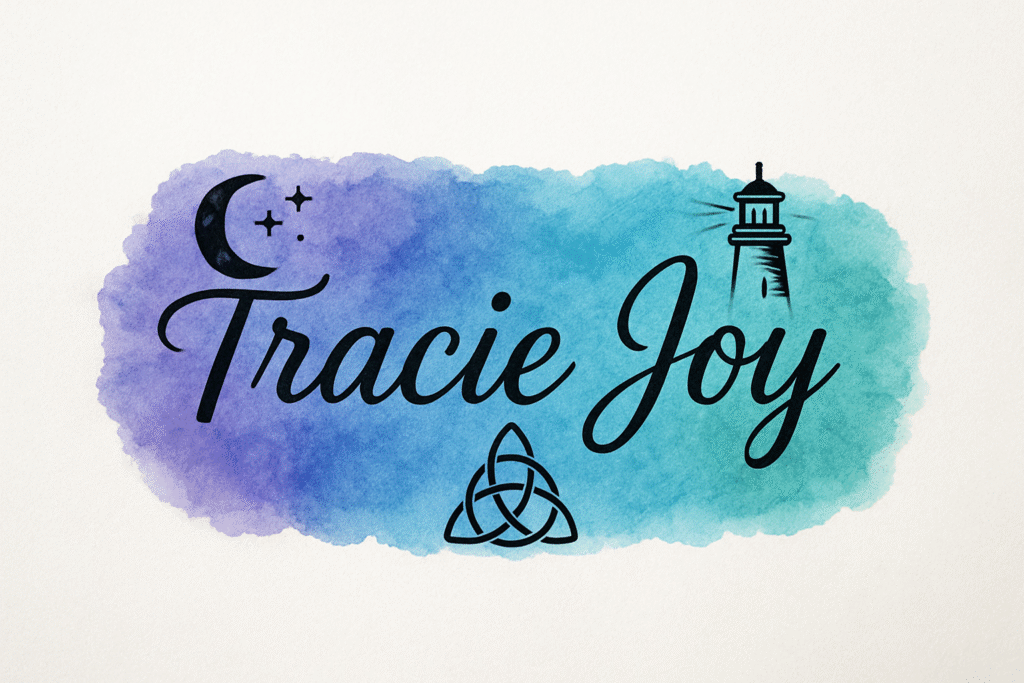How to Create a Villain Readers Love to Hate
Crafting a villain readers love to hate is one of the best gifts you can give your story, because a great antagonist elevates the hero, sharpens the stakes, and gives your readers something deliciously frustrating to yell about. Every story needs this. It needs a spark, and sometimes that spark is the exact person your readers want to yeet into the nearest volcano.
But how do you create a villain who is both magnetic and maddening? Grab your coffee, friend, because we are about to dig in and build a villain readers love to hate with intention.
Give Your Villain a Crystal Clear Motivation
A flat villain is the literary version of cold fries. Technically food, but nobody is happy about it. Readers fall harder for well crafted antagonists when they understand what is driving them. That motivation might be revenge, power, love, fear, or even a twisted idea of justice. Think about villains like The Darkling in Leigh Bardugo’s Grishaverse or President  Snow in The Hunger Games. They are chilling because their motivations are rooted in something that feels real, even if their actions make us want to throw the book across the room.
Snow in The Hunger Games. They are chilling because their motivations are rooted in something that feels real, even if their actions make us want to throw the book across the room.
I hated President Snow throughout the first four books of the Hunger Games series. We didn’t get a lot of his backstory, but he was so nuanced and complex that he easily became a villain readers love to hate. After getting more of his history in The Ballad of Songbirds and Snakes, he felt even more real, but still deeply hateable.
If you want help diagnosing your villain’s drive, tools like the character motivation breakdown on Well Storied offer smart and easy frameworks for writers.
Add a Flavor Readers Can Root For
A compelling antagonist usually has at least one trait that is admirable or relatable. Maybe they love their sister. Maybe they believe they are saving the world. Maybe they rescue stray cats while plotting world domination. Humans are contradictory, and your villain should be too.
This is also where your YA instincts shine. Teen readers adore complexity, so make sure your villain reflects the messy, layered world your protagonists inhabit. A sprinkle of sympathy makes their fall from grace more dramatic. When you can balance flaws and humanity, you end up shaping a villain readers love to hate while still understanding the thread of what made them who they are.
Let Your Villain Challenge the Hero in a Personal Way
A villain is not just an obstacle. They are the emotional sandpaper that rubs the hero raw. Consider how Snape  challenges Harry, or how the Commanders push June in The Handmaid’s Tale. The best villains force your protagonist to grow, change, and confront something they would rather leave buried.
challenges Harry, or how the Commanders push June in The Handmaid’s Tale. The best villains force your protagonist to grow, change, and confront something they would rather leave buried.
Your villain should reflect something your hero fears, avoids, or hides from. When those two collide, readers get the delicious friction that makes the story come alive with that perfect villain readers love to hate tension.
Make Your Villain Smart Enough to Win
If your villain is a fool, the story has no tension. Give them power. Give them competence. Let readers worry that this time, maybe the bad guy really could win. That feeling keeps pages turning long after bedtime.
Power does not always mean magic or muscles. Manipulation, influence, charisma, or access can be just as dangerous. A smiling villain who hides poison under politeness is sometimes scarier than one waving a sword.
Surprise Your Readers With Moments of Humanity
Even the worst villains have moments that make readers pause. A flicker of shame. A memory that softens them. A hesitation that whispers maybe they could have been different. Those moments make your audience even more invested, because nothing fuels emotional chaos like a villain readers love to hate suddenly showing a sliver of heart.
Any classroom teacher knows this well. Anytime a student asks why someone made a harmful choice, they are really wondering about the human roots behind dark decisions.
Show the Consequences of Their Actions
A villain readers love to hate leaves a mark. The story world should feel the weight of their choices. Maybe a character loses hope. Maybe trust is broken. Maybe the villain forces someone to make a terrible decision. The emotional fallout is what raises stakes and gives your story depth.
You can see this principle in action in everyday life too. When I wrote about dealing with negativity in one of my earlier posts, We Are Shaped By Our Thoughts, it reminded me how ripple effects shape everything. Villains thrive on those ripples.
Give Your Readers a Payoff They Will Remember
The final clashing moment between hero and villain is the emotional dessert. Make it satisfying. Make it earned. Make it something readers talk about three books later. Whether the villain is redeemed, defeated, exiled, imprisoned, or left plotting their return, make the ending impactful.
A well written antagonist forces your protagonist to rise to the challenge, pushes your world into chaos, and keeps your readers glued to the page. And when they finish the story muttering that they cannot stand the villain but loved the ride, you know you have created a true villain readers love to hate.
Your story deserves a villain worthy of your hero, friend. And if you need a little support along the way, never fear. This awesome Villain Workbook will help you craft the perfect villain readers love to hate.



